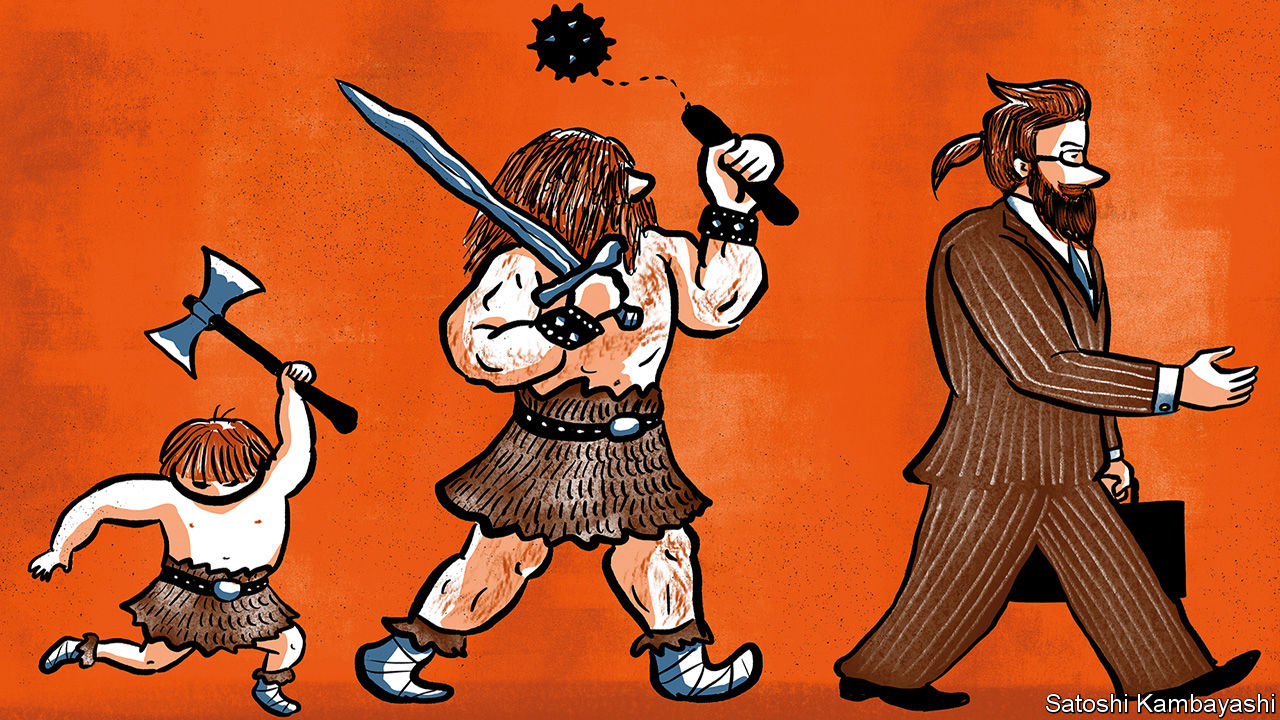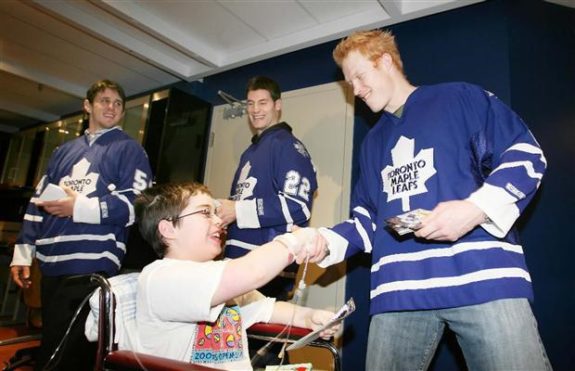Scientists and dietitians are starting to agree on the recipe for a long, healthy life. It's not sexy, and it doesn't involve fancy pills or pricey diet potions.
Fill your plate with plants. Include vegetables, whole grains, healthy fats, and legumes. Don't include a lot of meat, milk, or highly-processed foods that a gardener or farmer wouldn't recognize.
"There's absolutely nothing more important for our health than what we eat each and every day," Sara Seidelmann, a cardiologist and nutrition researcher at Brigham and Women's Hospital in Boston, told Business Insider.
Seidelman recently published a massive, blockbuster global study surveying the eating patterns of more than 447,000 people around the world. What she discovered (and what is probably not a huge surprise to your mother) is that no matter where you live or what your daily diet is like, banning entire food groups and thinking you can cheat your way into good health may work for a while, but it could also send you into an early grave.
The popular keto diet, which involves strictly limiting carbs to less than 50 grams a day (that's no more than two apples' worth), and subsisting primarily on high-fat foods, is one of those restrictive diets that could have harmful long-term consequences.
Other low-carb weight-loss strategies that fall into this category include the paleo diet, Atkins, Dukan, and Whole 30. Besides their potential for harm, nutrition experts routinely say these popularlow-carb diets are really hard to follow.
Some of the benefits of going keto are impossible to dispute: following a high-fat, low-carb diet can be a solid strategy for rapid weight loss and blood sugar control. The keto diet is also a great prescription for children with tough-to-control epileptic seizures. For decades, people have seen stellar results managing those conditions on a keto diet with the help and guidance of professionals.
Unfortunately, there's some limited evidence going low-carb might also lead people to become less tolerant of glucose and develop diabetes, though more research is needed to settle the debate.
What we do know, based on carefully conducted laboratory testing of overweight men, is that going keto probably doesn't help burn more body fat than a regular regime. Instead, it forces people to dramatically curb their sugar intake (remember, sugar is 100% carbohydrate) and kick processed foods to the curb. Those are both good habits for overall health and blood sugar levels, and can help reduce your likelihood of developing cancer.
But like aspirin, a special high-fat, low-carb diet probably shouldn't be an everyday habit for otherwise healthy people. Our bodies simply aren't designed to fuel up on fats, unless we're literally starving. Even keto evangelist Josh Axe says it's not a diet that should be followed for more than a few months at a time.
Finally, low-carb diets make it easy to neglect key nutrients like magnesium, calcium, and potassium. These nutrients can be plentiful on less restrictive diets that include fresh, high-carb foods like beans, bananas, and oats.
More studies suggest people who eat whole, nutrient-rich foods live the longest, and have a lower cancer risk
More research that backs up Seidelmann's was presented in August at the European Society of Cardiology Congress.
Researchers who presented at that conference studied the eating patterns of nearly 25,000 people in the US and more than 447,000 others around the world. Again, they found that those who ate a moderate amount of carbohydrates were more likely to live longer than either low-carb or high-carb dieters.
"Our study suggests that in the long-term [low-carb diets] are linked with an increased risk of death from any cause, and deaths due to cardiovascular disease, cerebrovascular disease, and cancer," Maciej Banach, a professor at the Medical University of Lodz in Poland who helped write the forthcoming study, said in a release.
A third study published this week in PLOS Medicine which surveyed the eating habits of 471,495 Europeans over a 22 year period revealed that people whose diets have lower "nutritional quality" (ie. fewer fresh vegetables, legumes, and nuts) are more likely to develop some of the most common and deadliest forms of cancer, including colon, stomach, lung, liver, and breast cancers.
Basically, we're learning there's no shortcut to healthy eating
It can be a tricky business calculating the precise kind of diet that leads to a long life. Part of the problem is that (thankfully) we humans don't live our lives in highly-controlled laboratory conditions. Until that terrifying day arrives and we all become well-studied lab rats, we have to rely on long-term observational data, usually in the form of surveys, to know more about which diets are the best long-term plans.
In study after study, diet survey data from around the world reveals that people who stick to limited amounts of meats, dairy, and processed foods — and fuel up on fiber-rich plant-based foods, including vegetables, whole grains, nuts, and yes, even carb-heavy beans — have some of the best health outcomes. Seidelmann refers to their diets as rich in what she calls "whole foods."
"They were not processed," she said of the diets of people who lived longest in her study. These people would consume whole grain rice, not white varieties. They'd eat plants like fruits and vegetables, not more processed versions of the foods like fruit juice or smoothies.
"You have the intact fiber, you have a lot more nutrients," Seidelmann said.
Fiber isn't just good for keeping your gut moving. Scientists feeding fiberful diets to mice are discovering that the carbs, which can't be absorbed by the body, can help protect aging brains from some of the damaging chemicals associated with Alzheimer's, and reduce inflammation in the gut. They're confident that the health benefits of eating more fiber extend to humans, too.
But a fiberful, plant-based regime can be tricky to maintain on a low-carb diet, because some of the highest-fiber foods are also high carb, like savory beans, crunchy peas, and sweet fruit.
"It is not a common pattern to eat very low-carb, strictly plant based," Seidelmann said. "At least in the Western world, it tends to be more animal based. That just is what it is."
People on low-carb diets often turn to more butter and meat for sustenance, which can increase blood pressure, and in the case of processed meats, contribute to cancer. Meat and dairy also contribute to inflammation in the body, which can help cancerous tumors form and grow.
The new scientific findings all support what parents, trainers, and coaches have been saying for years: eat less junk. Continue to be skeptical of the latest miracle diet, be it keto, or any other passing fad.
from Hacker News https://ift.tt/YV9WJO
via IFTTT









